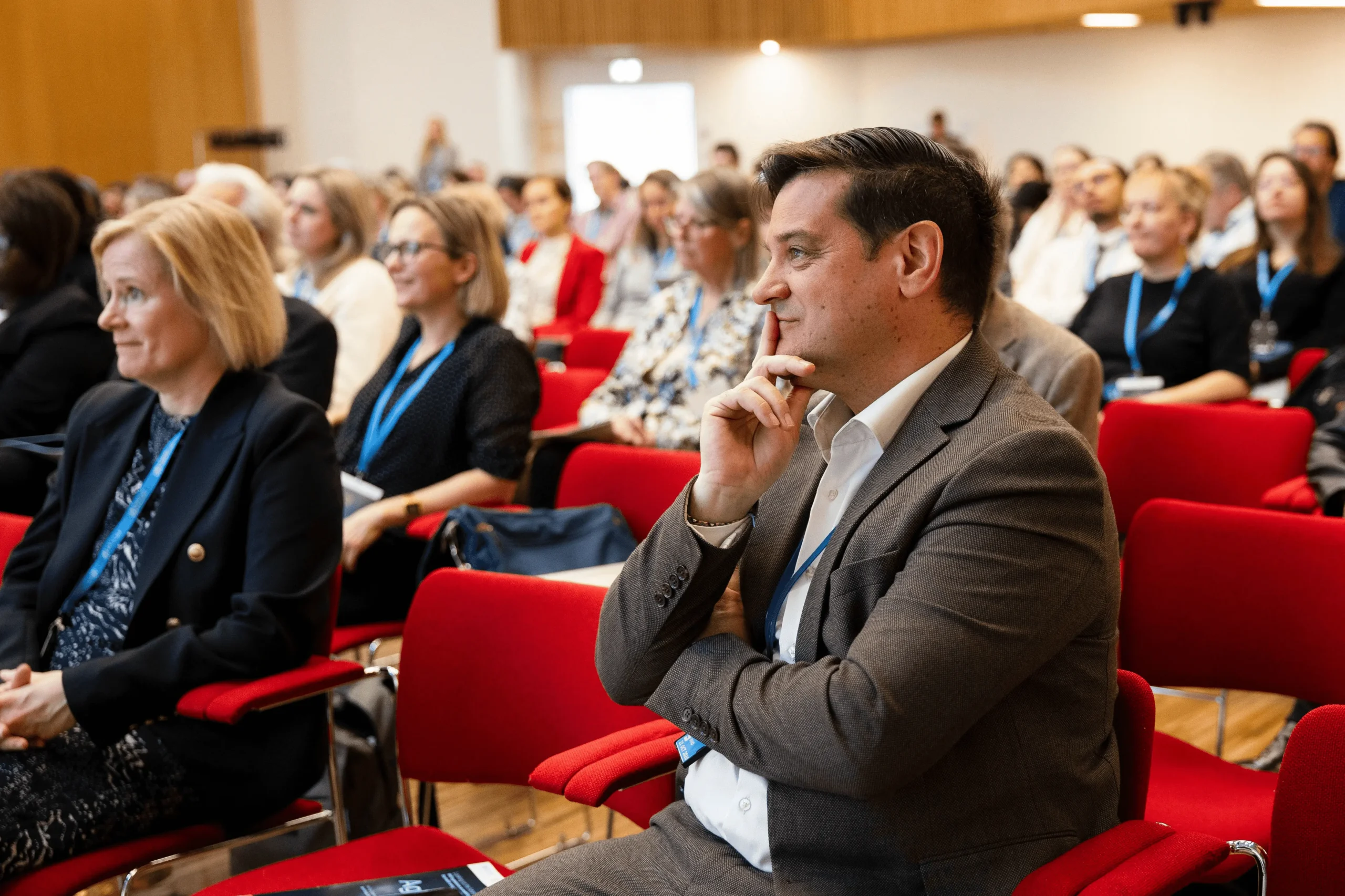
Looking Beyond Our Usual Horizons: Listening to all voices and to industries beyond healthcare
At the WHO meeting Looking to the Future: Modelling and Optimizing the Health and Care Workforce (April 27–30), 250 eager faces filled the room. After several days of working together, we were beginning to coalesce around fresh ways of planning for the health workforce. Then, a young woman raised her hand and introduced herself as part of the next generation of health workers—a medical resident who faces the challenges of frontline care delivery every day. With a sad smile, she said, “When I think about tomorrow’s health workforce, I am terrified.” The room fell silent.
Her message was twofold. First, she acknowledged the scale and urgency of the health human workforce planning challenges we face today. Second, she pointed out something we had all overlooked: there were almost no other students or young frontline healthcare workers in the room. Most of us were over 40 and in leadership roles. She asked, “How can we plan for tomorrow’s health workforce – without tomorrow’s health workforce at the table?” And she was right.
The voice of the future
We often gravitate toward those who think like us, look like us, and share our values. It’s human nature. But it’s not how we build a workforce for the future. Many academics at the conference shared research on younger generations—highlighting their evolving expectations around work-life balance, flexibility, and the desire for roles that offer both financial stability and personal fulfillment. The group also discussed the OECD’s recent report, What Do We Know about Young People’s Interest in Health Careers?,1 which revealed that between 2018 and 2022, interest in healthcare careers among high school students declined in half of OECD countries. The evidence presented was clear: the next generation is different. And without their voices at the planning table, we risk designing systems that don’t meet their needs.
This was a powerful reminder that if we are to embrace system complexity and drive transformational change, we must look beyond our traditional horizons and actively seek out underrepresented voices. This includes not only youth, but also racialized communities, Indigenous peoples, persons with disabilities, and others who are often excluded from decision-making.
Looking to other industries
Building on this insight, Dr. Alison Leary, Professor of Healthcare Modelling at London South Bank University, delivered a plenary that challenged us to look beyond our sector entirely. She proposed viewing the health workforce not as part of a traditional service industry, but as a safety-critical industry—defined by Knight (2002)2 as “those systems whose failure could result in loss of life, significant property damage or damage to the environment.”
Examples of safety-critical industries include aviation, nuclear power, and offshore oil—sectors from which healthcare has much to learn. These industries plan their workforce using productivity metrics, but also account for emotional labour, human fatigue, and safety interfaces between people and equipment. (See Footnote 3 for an article that explores ‘safety-critical’ thinking in health workforce planning.)
Personally, I find the safety-critical framework reassuring. I wouldn’t want an aviation industry that ignores pilot fatigue on long-haul flights—so why don’t we apply the same thinking to healthcare workers? Another speaker, Dr. Kevin Fong, consultant anesthetist and professor at University College London, noted that post-COVID, health workers experienced post traumatic stress disorder (PTSD) rates comparable to soldiers in Afghanistan. Yet, we don’t routinely factor emotional and physical fatigue into our national health workforce models.
When it comes to health workforce forecasts, most countries—including Canada—rely on basic health workforce planning stock-and-flow models, a labour force approach typical of service industries. At the meeting, we heard about such models from countries like Norway, Spain, and Sweden, each with its own strengths. In Canada, federal, provincial, and territorial partners use a range of stock-and-flow models to inform future supply and demand expectations.4 Each model serves a unique purpose and offers distinct advantages. But there is room for improvement.
Reframing our forecasting models to incorporate insights from safety-critical sectors and other industries presents a valuable opportunity to do better. It invites us to think differently, to gather new data, and to design more resilient, human-centered systems.
My key takeaway? We must look beyond our usual horizons to shape the health workforce of the future. New voices and perspectives are essential—not only to challenge our assumptions, but to help us build a bold, inclusive vision. One that draws on leading practices from other industries and generates layered, iterative solutions for system transformation.
Footnotes:
- OECD Report, 2025 What Do We Know about Young People’s Interest in Health Careers? | OECD
- J. C. Knight, “Safety critical systems: challenges and directions,” Proceedings of the 24th International Conference on Software Engineering. ICSE 2002, Orlando, FL, USA, 2002, pp. 547-550.
- Alison O’Lea ry, 2023 Workforce must be seen as ‘the biggest safety critical asset we have’ | Nursing in Practice
- Health Workforce Modelling and Forecasting in Canada, 2024, Health Workforce Canada

Insights and reflections from Deb Cohen, COO, Health Workforce Canada
